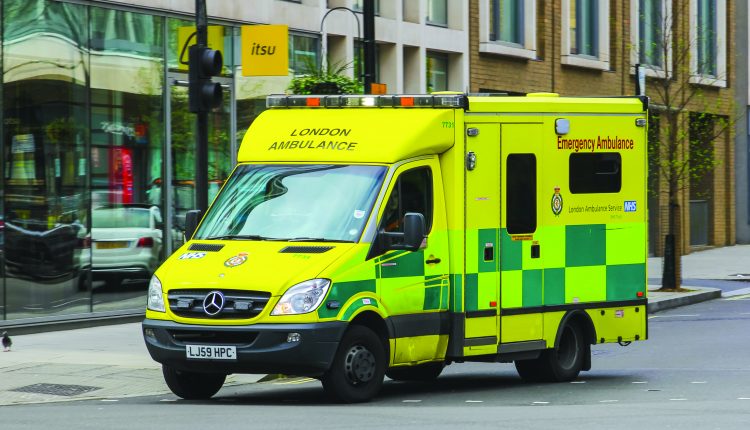
Rescue and Patient Care Techniques During Covid-19 in UK
Rescue and Patient Care Techniques in UK. With the onset of the Covid-19 pandemic in 2019, there has been a rapid adoption and advancement of digital health in hospitals.
Digital technology is a boon for patients who need critical care. Initially, the patients were skeptical but because of the difficult situation in hospitals, people feel safe and are now getting used to telemedicine equipment and diagnosis.
Doctors, nurse practitioners and clinicians are beginning to work closely with the patients in a fully digital environment. In the UK across NHS centers, remote care has made a big difference in the lives of people.
Online consultations constitute 99% of general practice surgeries and majority of consultations are remote via telephone or video calls.
Post Covid-19 we should see a balance in the remote rescue and care techniques used in hospitals.
The guidelines for initial treatment of Covid- 19 patients are unclear therefore, in many patients hyperinflammatory immunological reactions that is “cytokine storm” caused mortality.
During the first wave, COVID virtual wards (CVW) were set up by the NHS to support certain risk groups.
They made pulse oximeters for home testing of oxygen saturation levels available to the patients. Each patient was linked to a clinical team.
As directed by the NHS, the use of a fluid repellent surgical face mask, use of disposable eye protection was recommended to avoid infection.
Washing hands thoroughly with soap and water, or alcohol sanitiser before putting on and off the PPE. Guidance and training on how to use and dispose the PPE was provided to the care workers.
In case of emergencies like cardiopulmonary resuscitation (CPR), compression-only CPR may be as effective as combined ventilation and compression in the first few minutes after non-asphyxial arrest.
Cardiac arrest in children is mostly caused because of respiratory problems so, only chest compressions are not as effective.
 But still if the decision is made to perform mouth-to-mouth ventilation, a resuscitation face shield must be used where available.
But still if the decision is made to perform mouth-to-mouth ventilation, a resuscitation face shield must be used where available.
Post CPR the person must monitor for possible Covid-19 symptoms for 14 days and if symptoms develop follow NHS advice.
In the UK the NHS and the government have taken measures to gain control over the Covid-19 pandemic, a lot more needs to be done to assure rescue and patient care.
Article for Emergency Live by Irawati Elkunchwar
Read Also:
Covid-19 Situation In The UK: Where Does The Pfizer Vaccine Come In?
Source:
https://www.healthcareitnews.com/



